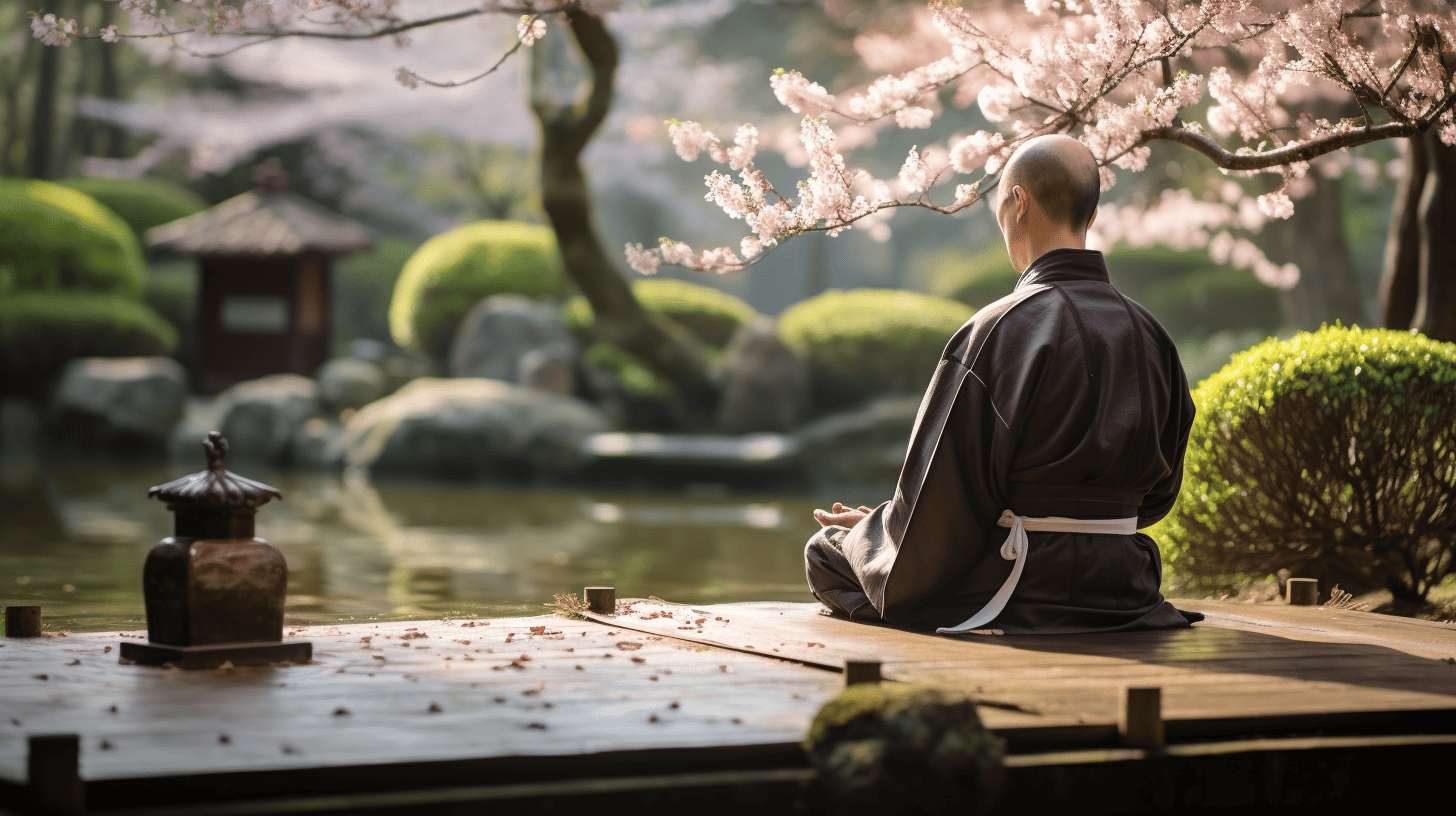Spiritual Insights Can Be Fun For Anyone
Wiki Article
The smart Trick of Awareness That Nobody is Discussing
Table of ContentsSpirituality for DummiesThe smart Trick of Spirituality That Nobody is DiscussingNot known Facts About SpiritualityAn Unbiased View of SpiritualityExamine This Report about MindfulnessHow Personal Growth can Save You Time, Stress, and Money.The Mindfulness Diaries
Image: Thinkstock You can't see or touch stress, however you can feel its results on your mind and body. In the short term, tension quickens your heart rate and breathing and increases your blood pressure.You may not be able to remove the roots of tension, you can reduce its results on your body. Among the simplest and most achievable stress-relieving strategies is meditation, a program in which you focus your attention inward to induce a state of deep relaxation. The practice of meditation is thousands of years old, research on its health benefits is relatively new, however appealing.
See This Report on Mindful Consciousness
For anxiety, meditation had to do with as efficient as an antidepressant. Meditation is thought to work via its effects on the supportive worried system, which increases heart rate, breathing, and blood pressure throughout times of tension - https://www.pearltrees.com/spiritualsaz#item577462784. Yet meditating has a spiritual function, too. "True, it will assist you reduce your high blood pressure, but a lot more: it can help your imagination, your instinct, your connection with your inner self," says Burke Lennihan, a signed up nurse who teaches meditation at the Harvard University Center for Health.It's the structure for other forms of meditation. includes silencing the mind and bringing the awareness to the heart, an energy center in the middle of the chest. motivates you to focus objectively on negative ideas as they move through your mind, so you can achieve a state of calm.
6 Simple Techniques For Diversity

Numerous meditation classes are complimentary or low-cost, which is a sign that the teacher is genuinely devoted to the practice. The beauty and simplicity of meditation is that you don't require any devices. All that's required is a quiet space and a few minutes each day. "Start with 10 minutes, and even commit to five minutes two times a day," Lennihan states.
That way you'll establish the routine, and pretty soon you'll always meditate in the morning, similar to brushing your teeth. Enlightenment." The specifics of your practice will depend upon which kind of meditation you choose, but here are some general standards to get you began: Set aside a location to practice meditation
Everything about Enlightenment
Surround your meditation spot with candle lights, flesh flowers, incense, or any items you can utilize to focus your practice (such as a picture, crystal, or spiritual symbol). Sit comfortably in a chair or on the flooring with your back directly. Close your eyes, or focus your look on the item you have actually chosen.Keep your mind focused inward or on the things. If it roams, gently steer it back to. Breathe solitude into your heart and mind. "While you're breathing out, imagine your breath as a river or a tide that's carrying your thoughts away," Lennihan states. You can likewise chant aloud.
" Shouting out loud can help muffle ideas," Lennihan says. Within simply a week or two of regular meditation, you should see an obvious change in your state of mind and tension level. "Individuals will start to feel some inner peace and inner grace, even in the middle of their busy lives," says Lennihan.
An Unbiased View of Meditation

Research studies have shown that practicing meditation routinely can help relieve symptoms in people who experience persistent discomfort, but the neural systems underlying the relief were unclear. Now, MIT and Harvard scientists have discovered a possible explanation for this phenomenon. In a research study released online April 21 in the journal Brain Research study Bulletin, the scientists discovered that people trained to meditate over an eight-week period were much better able to manage a particular kind of brain waves called alpha rhythms.
" Our information suggest that meditation training makes you better at focusing, in part by allowing you to better manage how things that emerge will affect you." There are a number of various kinds of brain waves that help manage the circulation of information in between brain cells, comparable to the way that radio stations transmitted at specific frequencies.
Examine This Report on Meditation
The alpha waves help reduce irrelevant or disruptive sensory details. A 1966 research study revealed that a group of Buddhist monks who meditated regularly had elevated alpha rhythms throughout their brains. In the new research study, the scientists focused on the waves' role in a specific part of the brain cells of the sensory cortex that procedure tactile details from the hands and feet.Half of the individuals were trained in a technique called mindfulness-based tension moved here decrease (MBSR) over an eight-week duration, while the other half were told not to meditate. The MBSR program calls for individuals to meditate for 45 minutes daily, after a preliminary two-and-a-half-hour training session - https://www.blogtalkradio.com/spiritualsaz. The topics listen to a CD recording that guides them through the sessions
What Does Mindful Consciousness Mean?
" They're actually learning to keep and manage their attention during the early part of the course - Mysticism. They learn to focus sustained attention to the feelings of the breath; they likewise discover to engage and focus on body sensations in a specific location, such as the bottom of the feet, and then they practice disengaging and moving the focus to another body area," states Catherine Kerr, a trainer at Harvard Medical School and lead author of the paper.Report this wiki page